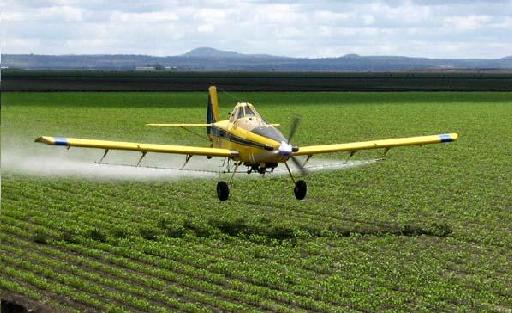Pesticide residues detected on a variety of recently sampled food products are below the tolerances established by the Environmental Protection Agency (EPA) and “do not pose a safety concern,” according to data released by the U.S. Department of Agriculture’s (USDA) Agricultural Marketing Service (AMS). The 2013 Pesticide Data Program (PDP) Annual Summary, officially released on Dec. 19, 2014, shows that over 99 percent of the products sampled through PDP had residues below the EPA tolerances.

The PDP collected 9,990 food samples for testing in 2013 including fresh and processed fruits and vegetables, infant formula, butter and salmon. Of that total only .23 percent were found to have residue levels exceeding the allowed tolerance. Pesticide residue tolerances, or limits, are set at levels 100 to 1,000 times lower than what is considered potentially dangerous for human health.
“The PDP Annual Summary reaffirms the effectiveness of our government’s regulatory system,” said Jay Vroom, president and CEO of CropLife America (CLA). “CLA commends the program for continuing to publish clear, scientific information on the safety of our food that is grown both domestically and imported.”
“When paired with responsible use, crop protection technology provides many benefits while still helping to feed your family,” added Vroom. “According to a socio economic report completed by CLA in 2011, agricultural exports support $141 billion in U.S. trade balances annually with the help of crop protection products. The use of herbicides in support of conservation tillage also saves more than 550 million gallons of fuel each year, significantly reducing the carbon footprint of today's agricultural industry.” Click here for that report from CLA.
Joining USDA in a statement on 2013 summary results, EPA commented: “The newest data from the PDP confirms that pesticide residues in food do not pose a safety concern for Americans. EPA remains committed to a rigorous, science-based, and transparent regulatory program for pesticides that continues to protect people’s health and the environment.”
Click here to see more...